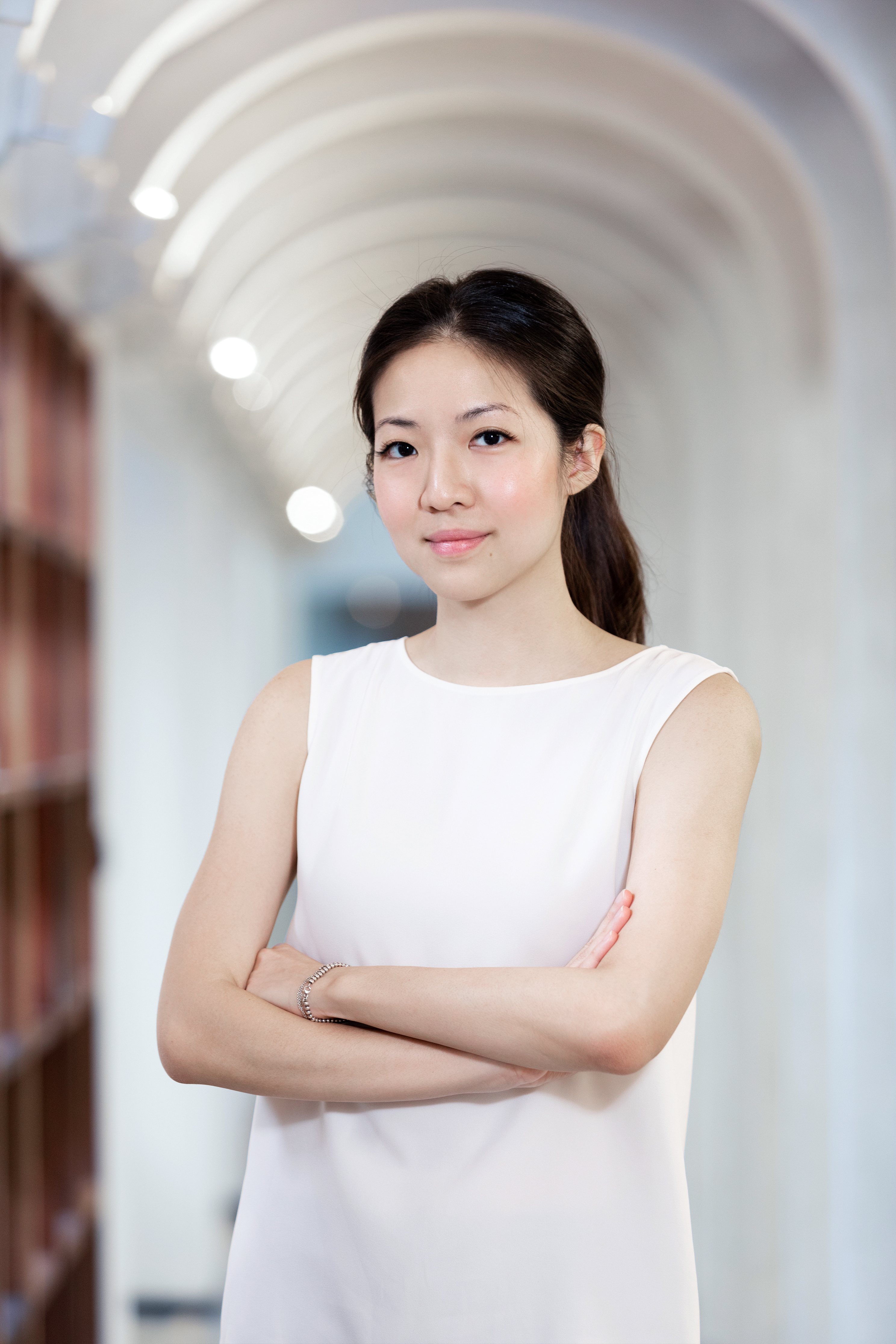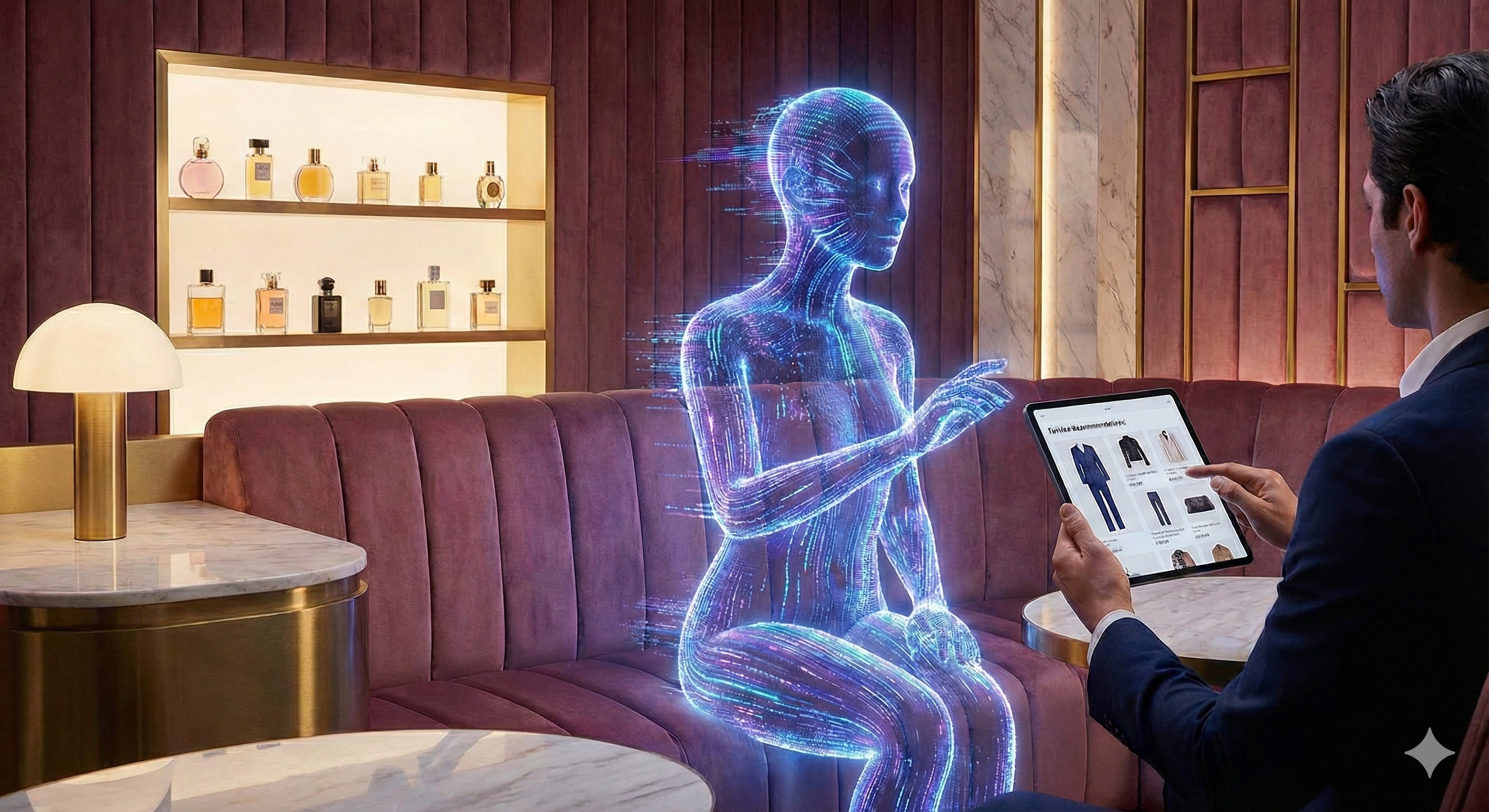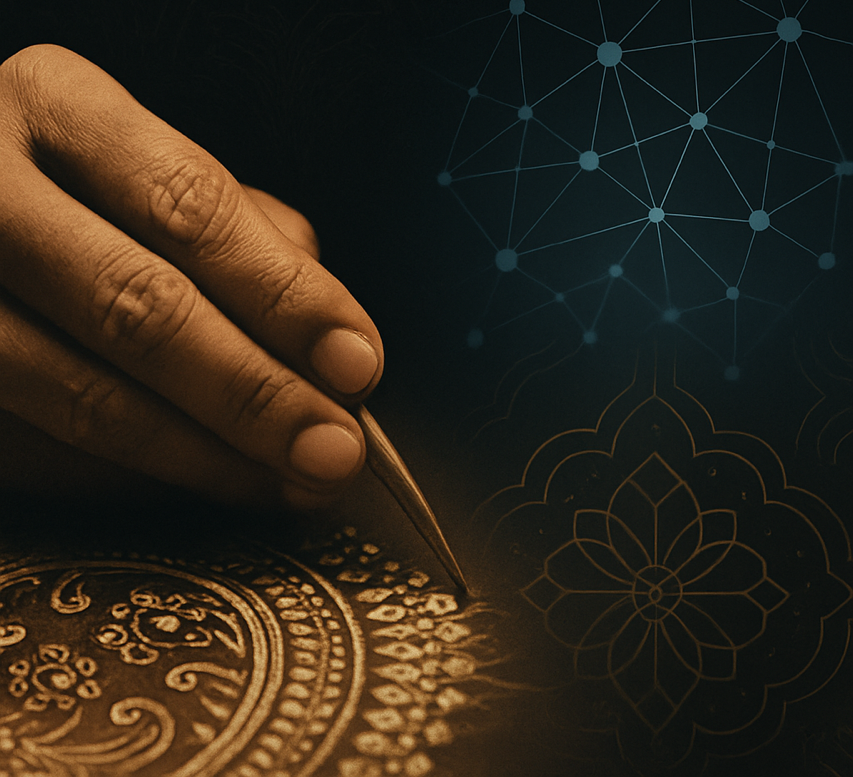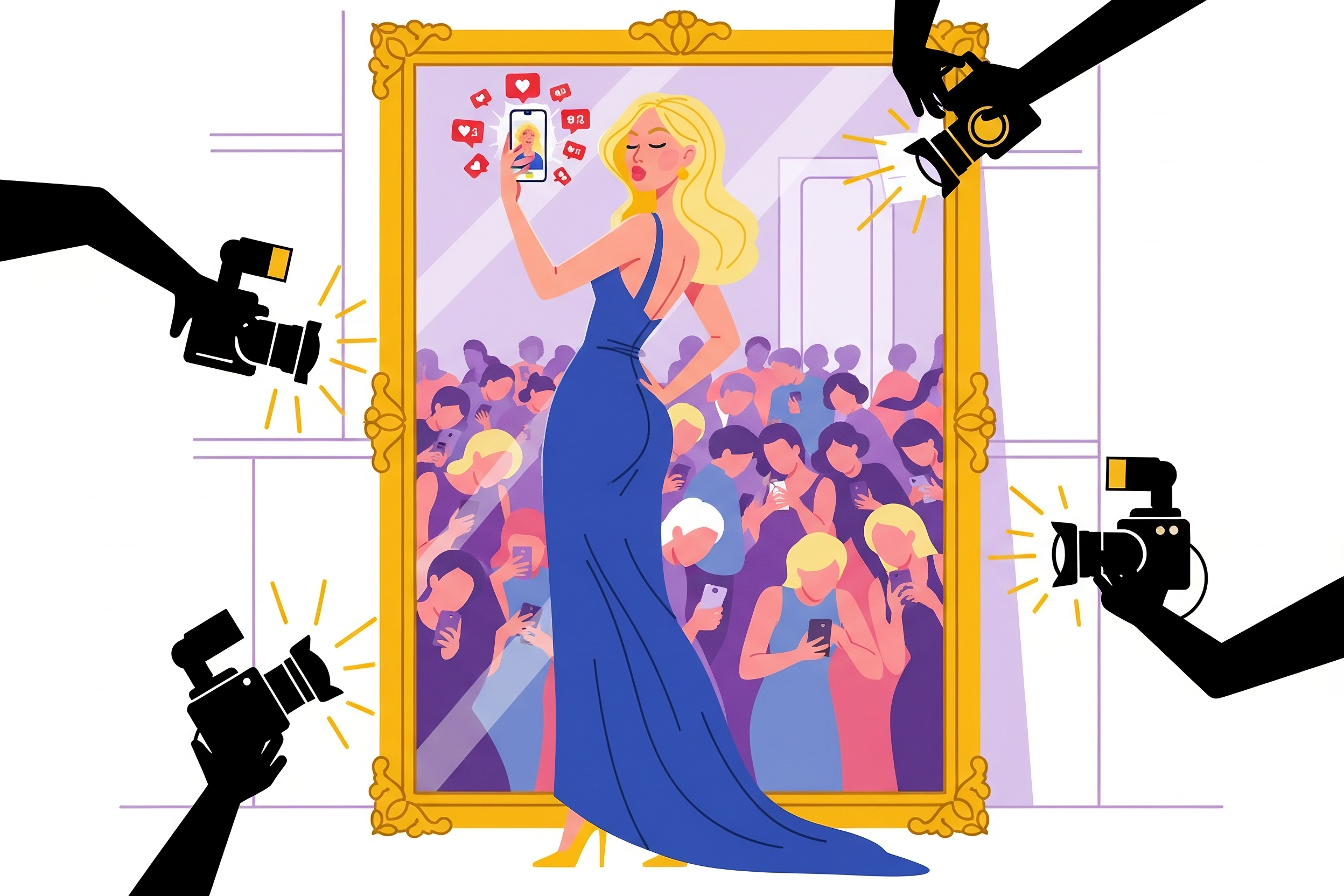While influencer marketing undoubtedly helps to drive exposure, what steps are luxury brands taking to ensure that this is later converted into sales?

While influencer marketing undoubtedly helps to drive exposure, what steps are luxury brands taking to ensure that this is later converted into sales?
If there were any doubts about the continued clout and relevance of influencers in today’s saturated social media marketplace, Kylie Jenner erased all of that with her casual tweet back in February about no longer using Snap. Her seemingly innocuous comment saw the App’s stock price plummeting by 6 per cent, shaving about US$1.3 billion off the company’s market value.
Love them or hate them, the voice and opinions of social media influencers are undoubtedly far-reaching. These days, endorsements by a big name can make or break a product launch, causing brands to be increasingly selective with the influencers they collaborate with. This is no different in China and understandably so, with it being the largest market for luxury goods in the world. Influencers in China may go by a different name – KOLs, or key opinion leaders – but the similar challenge of ensuring that high levels of exposure later translate into sales, remains.
While Western and Chinese social media ecosystems may differ, the tactics that brands have harnessed to ensure high returns on their KOL investment in China are applicable to their Western counterparts as well.
Join Luxury Society to have more articles like this delivered directly to your inbox
Restricting Supply

Image: Becky Li
A tried and tested method is restricting the quantity of products available for sale. In creating limited editions, consumers feel a stronger sense of urgency to put their money down on the product right away. This also taps into the millennial psyche (and millennials are now the fastest growing base of luxury customers in the world) of desiring exclusivity. Pairing this with the involvement of a KOL appears to be surefire way to sell out in China, as international jeweller Qeelin discovered earlier in March.
Working together with top Chinese KOL Becky Li, the brand launched a global limited edition of its Wulu bracelets in 18 exclusive pieces. Inspired by the Chinese phrase Fulu, which represents longevity, wealth and good fortune, the similar-sounding Wulu collection is conceived as a symbol of blessing. The specific variant Li released came in 18k white gold set with rubies and was made available only to her followers.
Known for her ability to sell products with incredible celerity, Li first started attracting international attention when she managed to sell 100 limited edition Mini Cooper Countryman cars on WeChat in five minutes last year.
Special Design Collaborations

Image: Strathberry
Another approach brands have taken is that of introducing special edition items designed in collaboration with the KOLs themselves. Many fans associate the KOLs they follow with a certain level of taste and items that they personally have a hand in producing automatically receive an additional seal of approval, making them even more desirable.
Edinburgh-based leather goods maker Strathberry leveraged on that fact and worked with one of China’s top fashion KOLs Tao Liang or Mr Bags, as is he better known as, for this very purpose. On the occasion of Chinese New Year last year, Tao released two limited edition bags he designed in collaboration with Strathberry on his WeChat. Actively involved in the entire design process, Tao visited the luxury bag-maker’s factories in Spain and worked closely with its artisans on the “Sweet Pink Fantasy” Chinese New Year capsule collection that consisted of two mini bag styles. The bags came paired with interchangeable red leather bag tags emblazoned with cute illustrations. Upon its launch on Mr Bags’s WeChat during the 2017 Spring Festival, both bags were sold out in under a minute.
The month after, Givenchy also worked with Mr. Bags to create a special Valentine’s Day edition of its Horizon handbags in pink. His WeChat followers were exclusive access to purchase the bags and all 80 units were reserved within 12 minutes.
Leveraging Alternative E-commerce Channels

Image: Gogoboi
Given the advanced social media landscape in China, KOLs are also able to run their own e-commerce platforms within WeChat in the form of a WeChat Store. Leveraging such a niche platform instead of going straight for the larger commercial platforms can also yield impressive results, as displayed when Givenchy collaborated with popular Chinese fashion KOL Gogoboi to launch its new Duetto bag collection.
Released exclusively through Gogoboi’s WeChat store, “Bu Da Jing Xuan” (不大精选), seven styles of the bag were made available. The classic black-and-white version of the Duetto was sold out within half an hour of launch. Within 72 hours, all other remaining styles of the bag on Gogoboi’s WeChat store were sold out as well.
While working with KOLs in China definitely help in terms of exposure and amplification, it is not a given that products will fly off the shelves. At the end of the day, it is important to remember that KOLs serve as platforms to showcase a product, and that brands should always pair such an exercise with a well-thought out sales strategy in order to achieve the best results.










